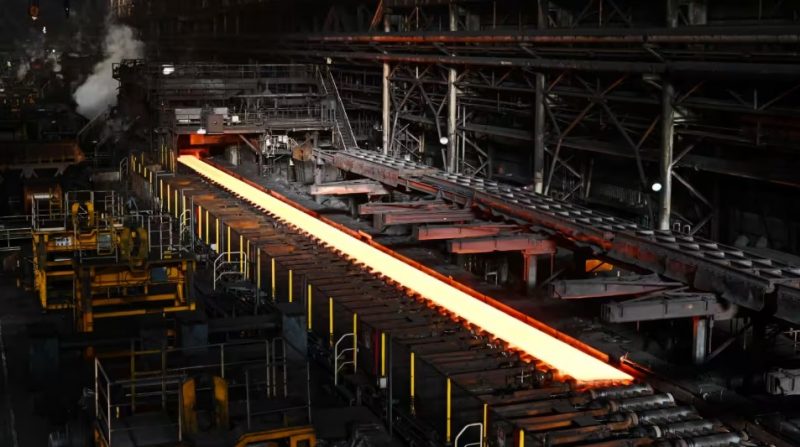
US Steel Imports Decline as Tariffs Take Effect
In August 2025, the US steel import market faced a sharp contraction, with a 22% drop compared to the same month the previous year. The steep decline, especially in flat steel and rebar imports, underscores the ongoing impact of President Donald Trump’s Section 232 tariffs, which were designed to protect domestic producers by imposing import duties on foreign steel.
The total steel imports in August amounted to 1.69 million metric tonnes (mt), signaling a continuing trend of reduced demand for foreign steel. Of these, hot-rolled coil (HRC) imports fell by 38%, cold-rolled coil (CRC) imports decreased by 41%, and hot-dipped galvanized (HDG) steel imports plummeted by 53%. These declines marked the sixth and seventh consecutive months of year-over-year reductions in CRC and HDG imports, respectively.
Domestic Steel Producers Gain Market Share
The reduction in steel imports, driven by the tariffs, allowed US steel mills to capture a larger share of the domestic market. However, domestic demand remained sluggish through the summer and into early autumn. Domestic producers, eager to secure business, engaged in aggressive price competition, which led to a decline in domestic prices.
Despite the competitiveness of domestic steel prices, buyers did not show interest in imported steel offers, even if those prices were comparable or below domestic rates. For instance, traders offered imported HRC at $780 per short ton (st) in mid-September, a price on par with domestic prices. However, buyers opted for domestic steel instead, viewing it as a more reliable option with shorter lead times. Steel offers from South Asia were priced at around $835 per ton, but these shipments would not arrive until late 2025, making them less appealing to US buyers.
Challenges in Rebar and Steel Bloom Imports
The rebar market also suffered under the weight of steel tariffs, with imports in August falling by 43%, reaching only 36,017t. This was a significant drop from previous months, further illustrating the ongoing struggle in the steel import sector. Additionally, imports of blooms, billets, and slabs saw a 14.3% decline, marking the first annual decrease in five months.
Despite the challenges faced by foreign suppliers, HDG steel imports remained above domestic prices, with little flexibility for price reductions in the near term. Domestic steel prices would need to rise for imported steel offers to regain their competitiveness in the US market.
SuperMetalPrice Commentary:
The continued decline in US steel imports highlights the long-term effect of Section 232 tariffs in reshaping the domestic steel market. Although US mills have benefited from the reduction in foreign steel availability, challenges such as sluggish domestic demand and price competition remain. With no signs of significant tariff policy changes, foreign suppliers will likely face ongoing hurdles in regaining market share. However, as global steel demand picks up, the US market could see increased import activity once tariffs start to be reviewed or adjusted.


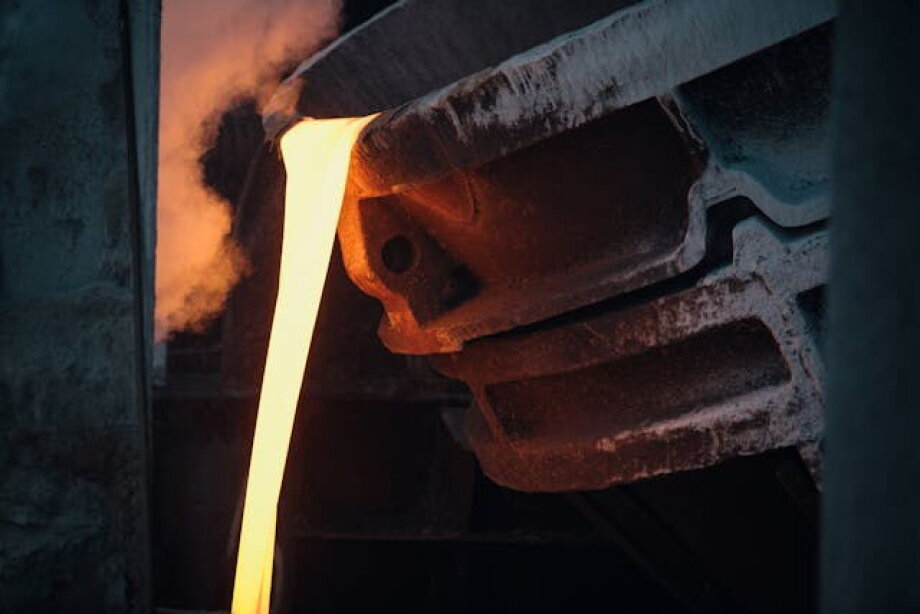
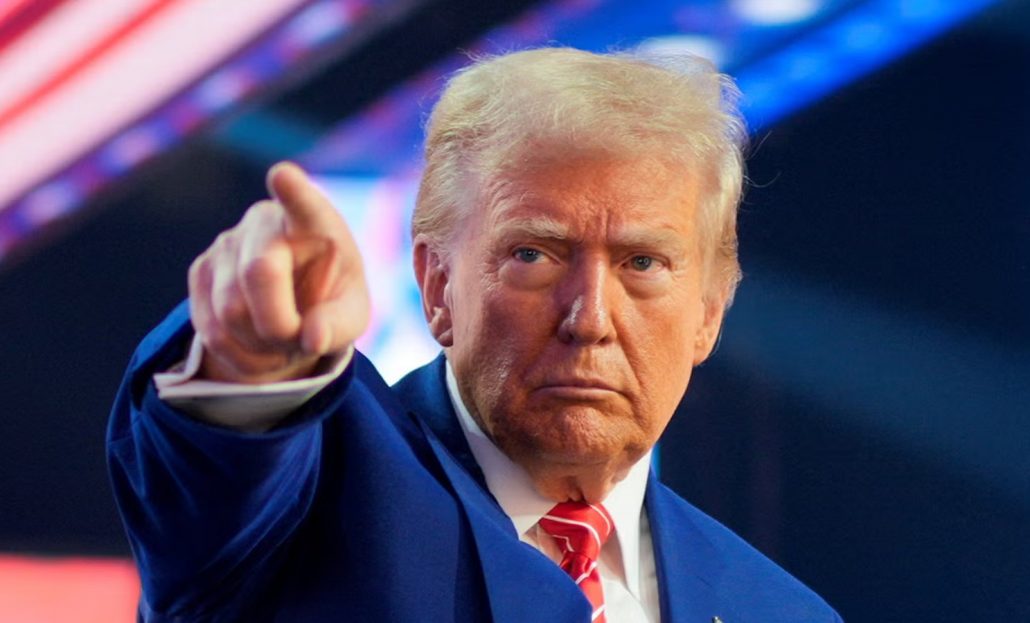
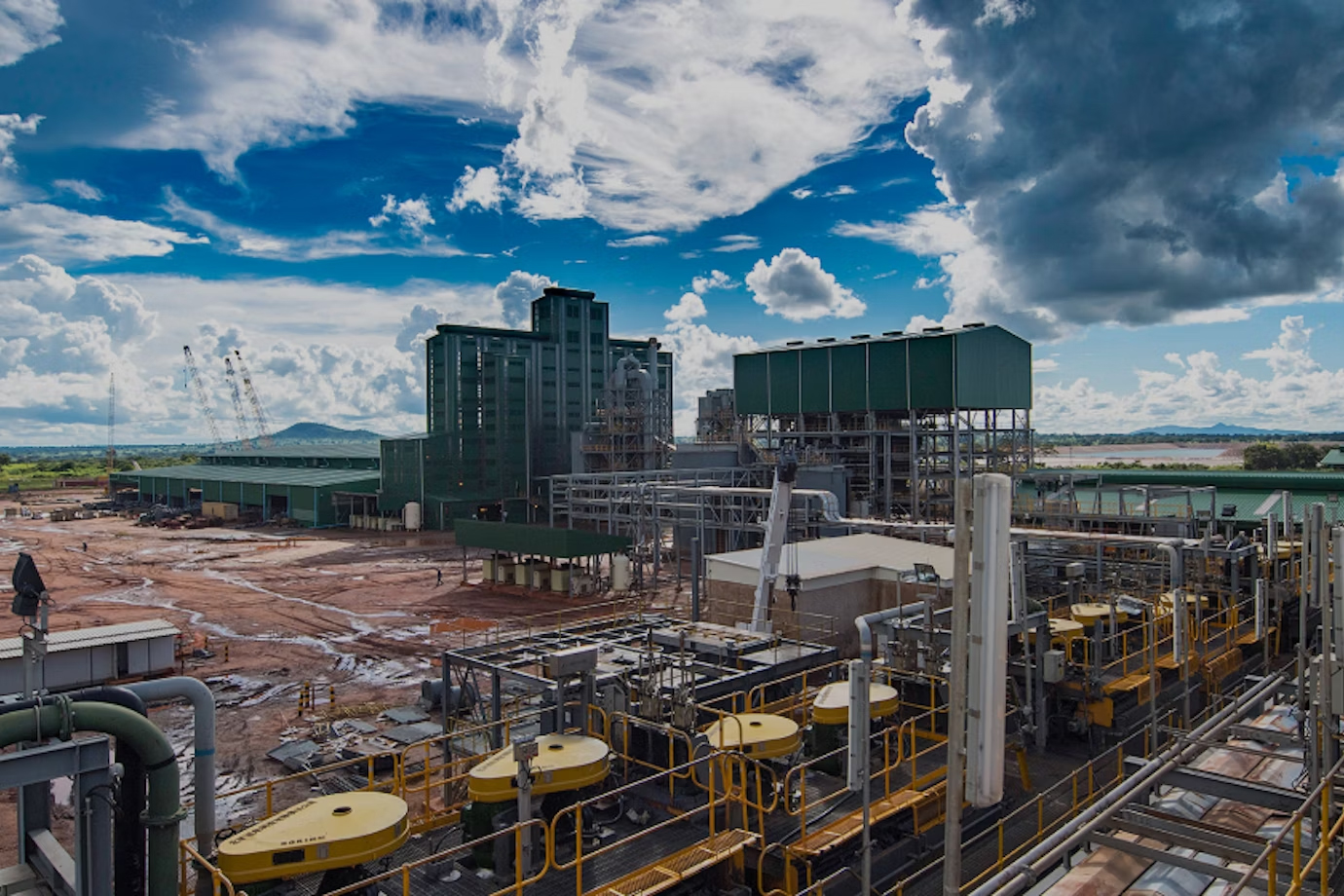


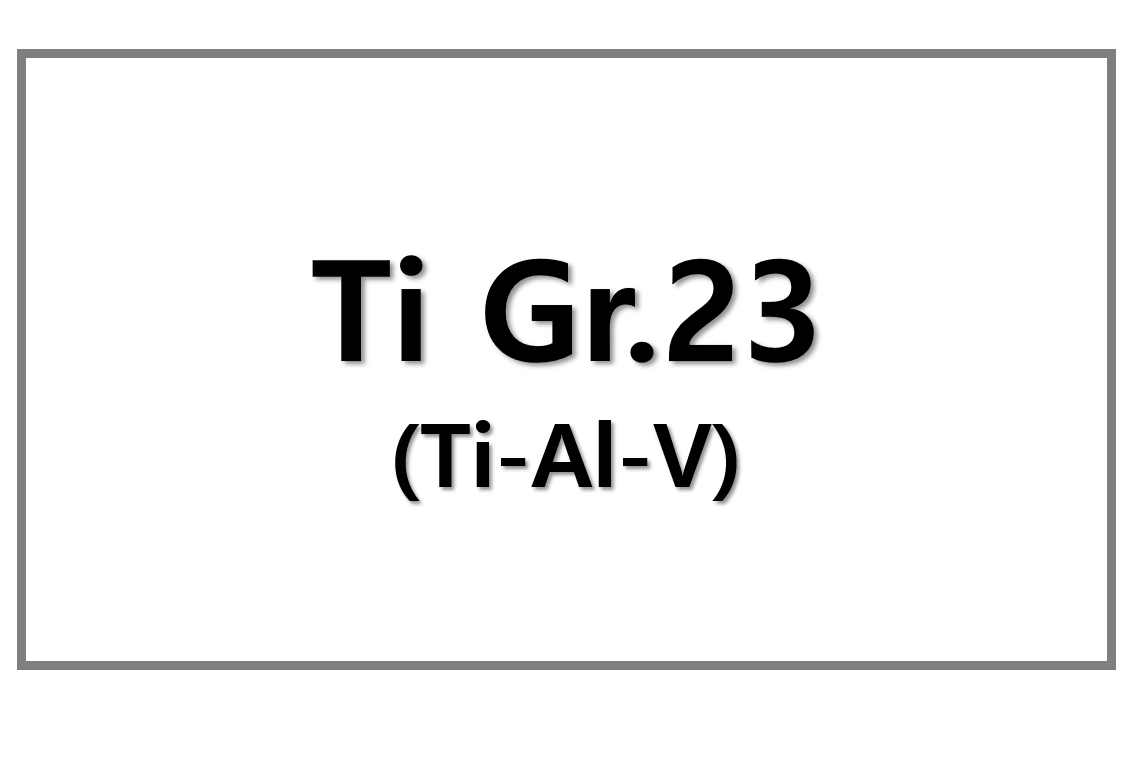
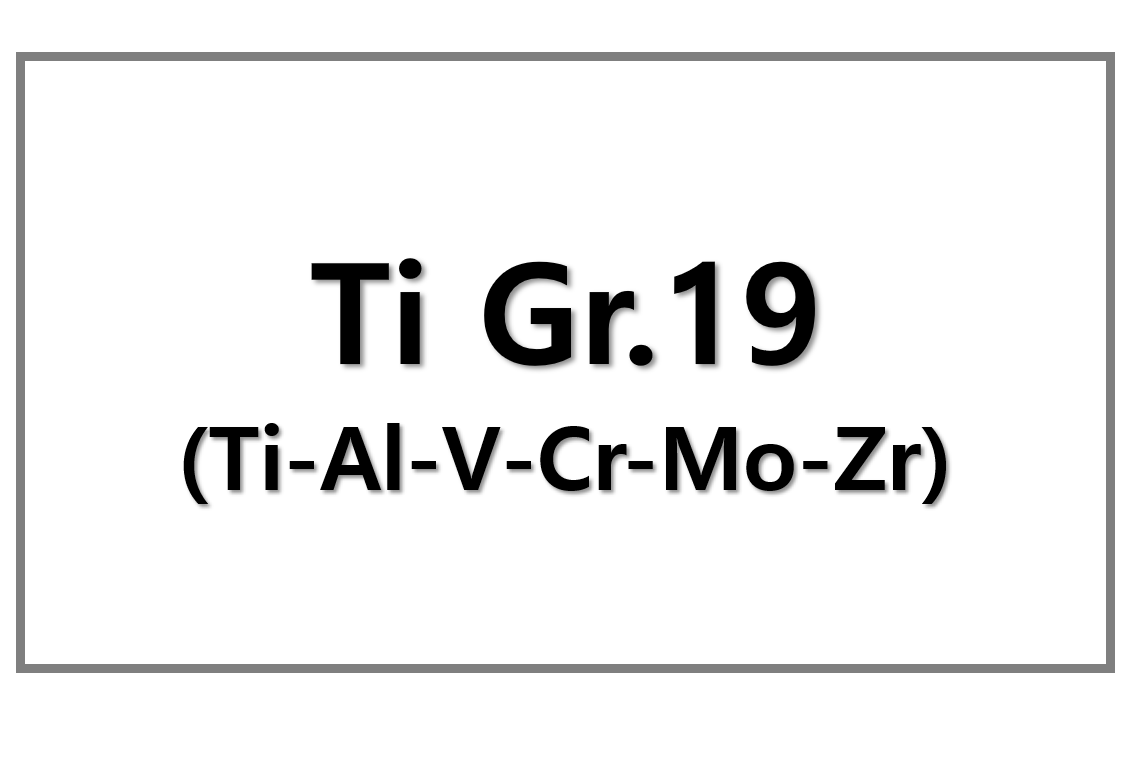
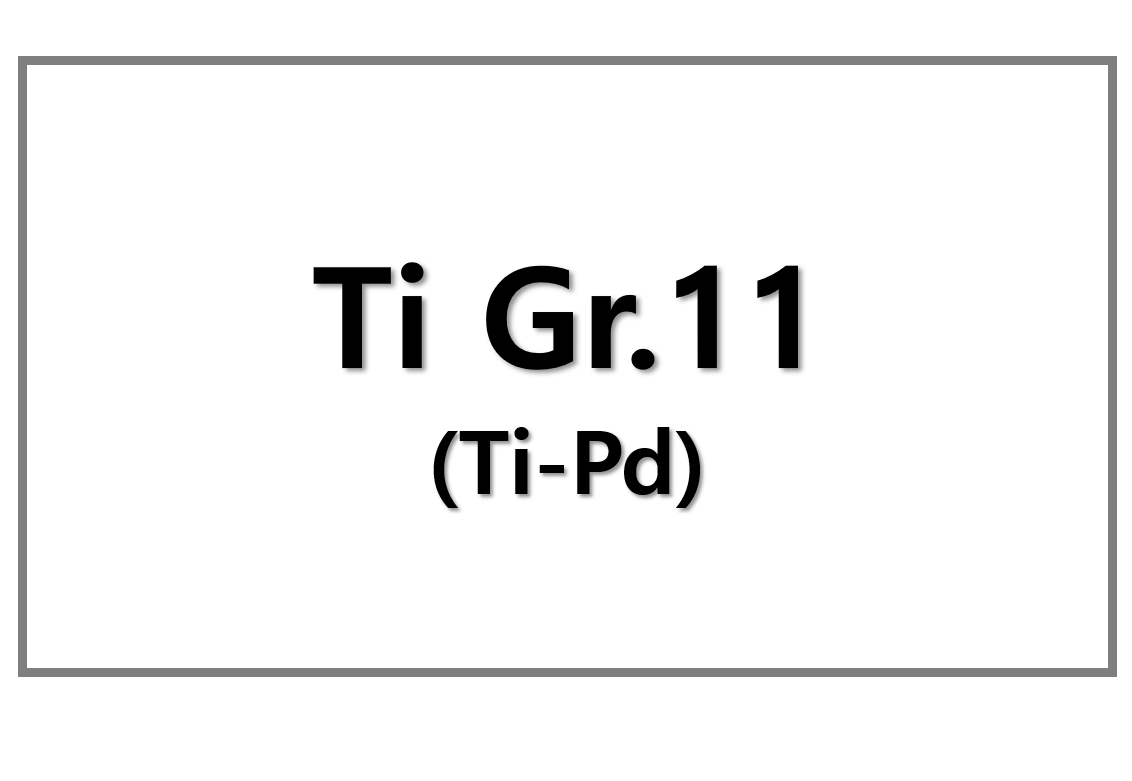
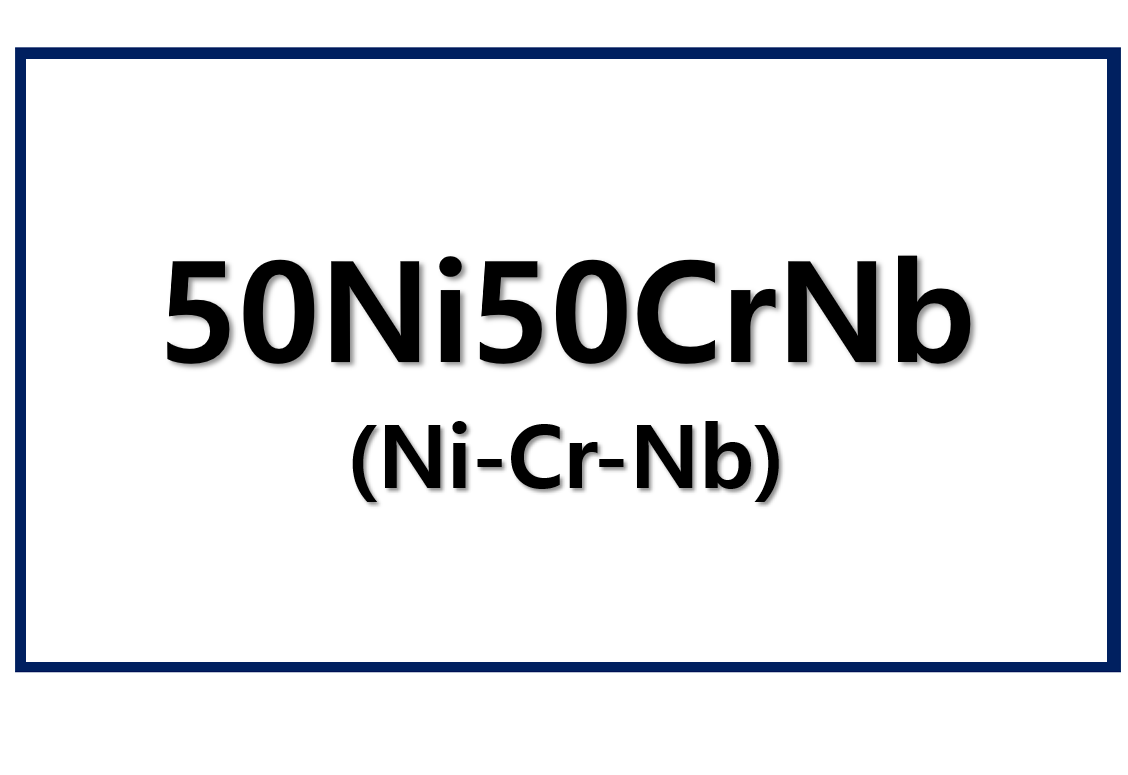
Leave a Reply
You must be logged in to post a comment.